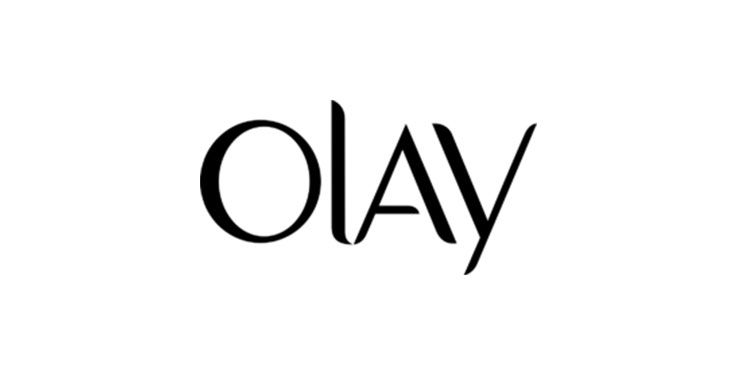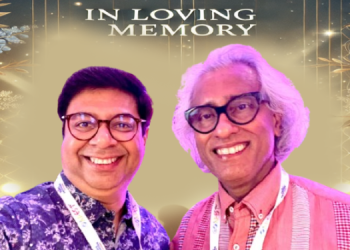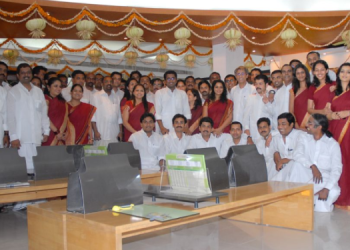Global FMCG conglomerate Proctor & Gamble’s brand Olay recently announced at a press conference in New York that the brand won’t use any retouching techniques on any of their models that feature in Olay’s advertisements starting 2021.
This announcement comes as a part of Olay’s Skin Promise initiative. The brand will not retouch models in any of their communications across all mediums such as print, TV, digital and OOH.
Brands over the years have always been criticized for objectifying women and making them look ‘unreal’. Dove, on the other hand, is a brand that uses women who are not celebrities for their advertisements.
Olay’s Senior Communications Leader, Kate DiCarlo has said that the brand hopes to fill social media feeds with positive posts that encourages confidence and strength among other posts that perpetuate a culture of perfection. Adding, DiCarlo said that Olay is willing to not collaborate with influencers who are not aligned with Olay’s goal in their social media posts.
Medianews4u reached out to some advertising leaders to take their view on this move by the Olay.
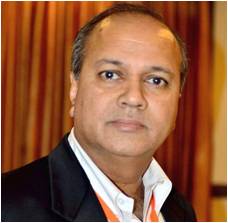
“Olay’s announcement is a welcome step.” Said Advertising veteran and Founder of Canco Advertising, Ramesh Narayan.
Expecting a positive response from audiences, Narayan said “Audiences are changing. Younger consumers are far more mature and expect honesty from manufacturers. It will be received very well by young customers. Now one must also see what needs to be done to fairness creams. In a country like ours, they really are a blemish.”
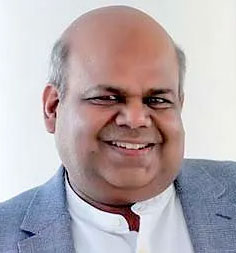
Welcoming the announcement, Joint CEO of Mirum India, Hareesh Tibrewala said, “This is a hugely welcome move that demonstrates the brand’s sensitivity to beauty issues. For long, beauty products have been sold by creating unrealistic customer expectations, by way of super glamorous advertising.”
Agreeing with Olay’s decision Tibrewala said, “This move recognizes that beauty has no one singular definition and that we are all beautiful in the natural way that we are, however different we may be from each other.”
Applauding the brand, Tibrewala said, “I think this will resonate very well with the modern-day consumer who expects to be told the truth every time. And will force other brands to follow suit. Olay’s move needs to be wholeheartedly applauded.”
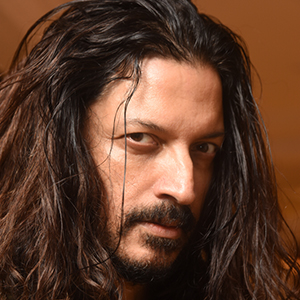
Talking about the different standards of beauty advertising across different markets 82.5 Communication’s Chairman and Chief Creative Officer, Sumanto Chattopadhyay said, “A worldwide trend today is about authenticity. One of the ways in which this manifests itself in beauty advertising is keeping the skin looking more natural. Brands like Dove have been championing this kind of real beauty for some time now. But standards vary from country to country. While working on beauty advertising for different Asian countries, for example, I have found that the level of retouching desired differs. Consumers in some markets want to see impossibly flawless skin. In others, they find natural-looking skin more realistic and attainable. Another example is from the USA: When the skin tone of African American celebrities or models is lightened in photographs, it is instantly criticized. This is not the case in India, though.”
Welcoming the move, Chattopadhyay said, “I welcome any move towards authenticity in advertising and branding. It is a process that every brand must go through in its own time. Ultimately, it is about being in tune with the consumers one is catering to.”

Talking about the goodwill Olay will gain, Pallavi Chakravarti, Executive Creative Director of Taproot Dentsu said, “I don’t know if it is a much-awaited move, but it’s definitely a move that was waiting to happen in the times that we live in. I think this decision is a more efficient ad for Olay than any ad for Olay could’ve been – so what they lose in terms of gloss, they stand to gain in terms of goodwill. Hats off!”
On how rival brands could react, Chakravarti said, “Some might envy them – others might think of them as crazy. They are in the business of creating desire, after all – so, in my view, the chance they are taking is as big as the statement they are making.”

